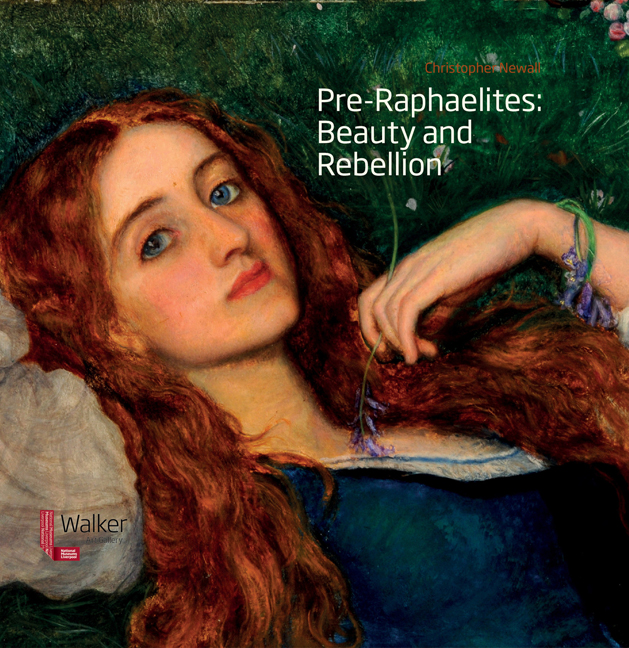John Ingle Lee
from The Liverpool school
Summary
Sweethearts and Wives (page 107) is one of the best known Liverpool Pre-Raphaelite paintings, but the life of its creator has long remained obscure, compounded by the inaccurate recording of his name as John J Lee and owing to name variations in contemporary exhibition catalogues. Following new research for this exhibition, it is now possible to document more fully Lee's career and to expand from 13 to 35 the number of his recorded works.
John Ingle Lee was born in Liverpool in 1839, the third son of Henry Boswell Lee and Emily Sarah Ingle. Lee's father sold straw bonnets and the raw materials for their manufacture. This family business was to become a famous Liverpool department store, George Henry Lee's, the forerunner of John Lewis of Liverpool. By the late 1850s, as Lee was starting his artistic career, his father had retired from the retail trade, having passed the business to his sons George and Henry. In 1857, Henry senior was pursuing a newly fashionable creative venture as a photographic artist with a studio on Church Street in central Liverpool, a business that Lee's brother Joseph continued. By then, the family had moved across the River Mersey to an affluent part of Rock Ferry occupied by merchants and brokers.
According to the local merchant and art collector James Smith of Blundellsands, John Ingle Lee attended a literary class at Hope Street Church. Between November 1858 and February 1860, Lee's signature appears sporadically in the registration books of the Liverpool Academy. Also attending some of these classes were William JCC Bond (six years Lee's senior) and Joseph Worrall (ten years his senior). William Davis, the Academy's Professor of Drawing from 1856 to 1859, signed in as the tutor on a number of these dates. It is during this period that in 1859, Lee started exhibiting at the Academy, from a Church Street address. His first exhibited work was Portrait of Mrs Lee (untraced) – possibly his mother, who would have been in her late forties. In 1860 Lee exhibited The Young Carriers, (page 112) a stylised interpretation of Pre-Raphaelitism showing two children taking goods to market, and Grandfather's Comfort (page 123), a sentimental genre scene.
- Type
- Chapter
- Information
- Pre-Raphaelites: Beauty and Rebellion , pp. 105 - 118Publisher: Liverpool University PressPrint publication year: 2016

